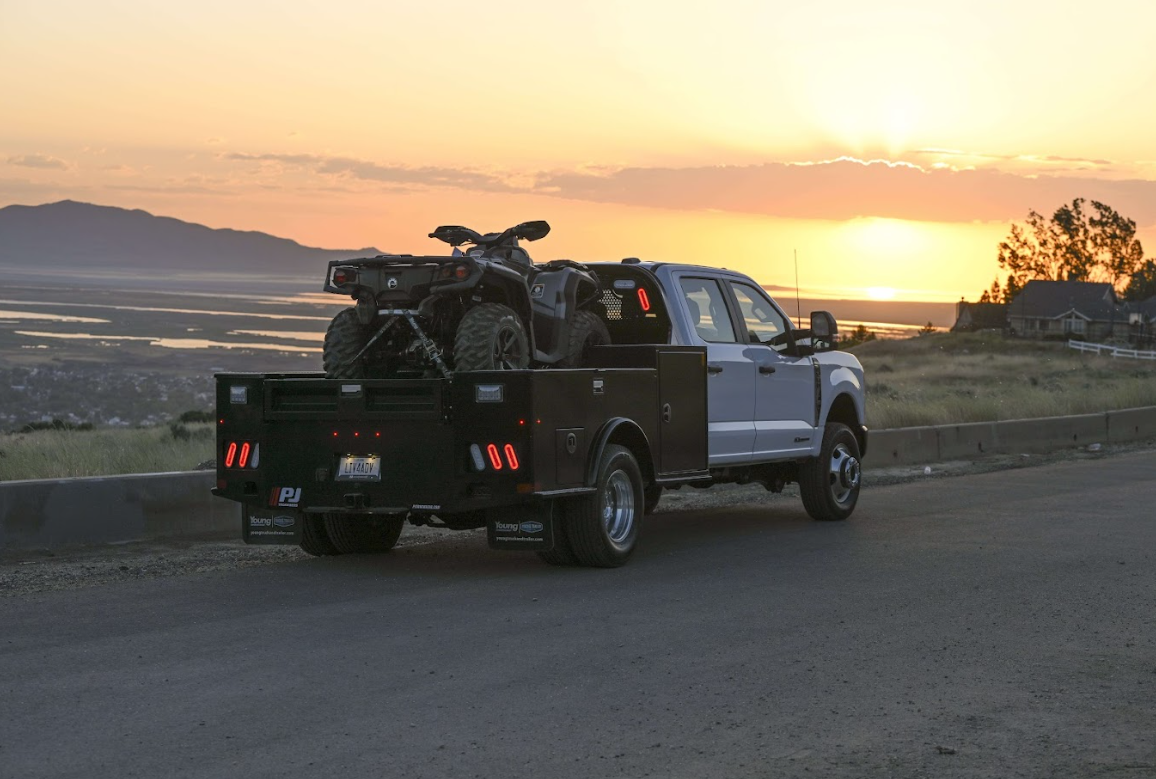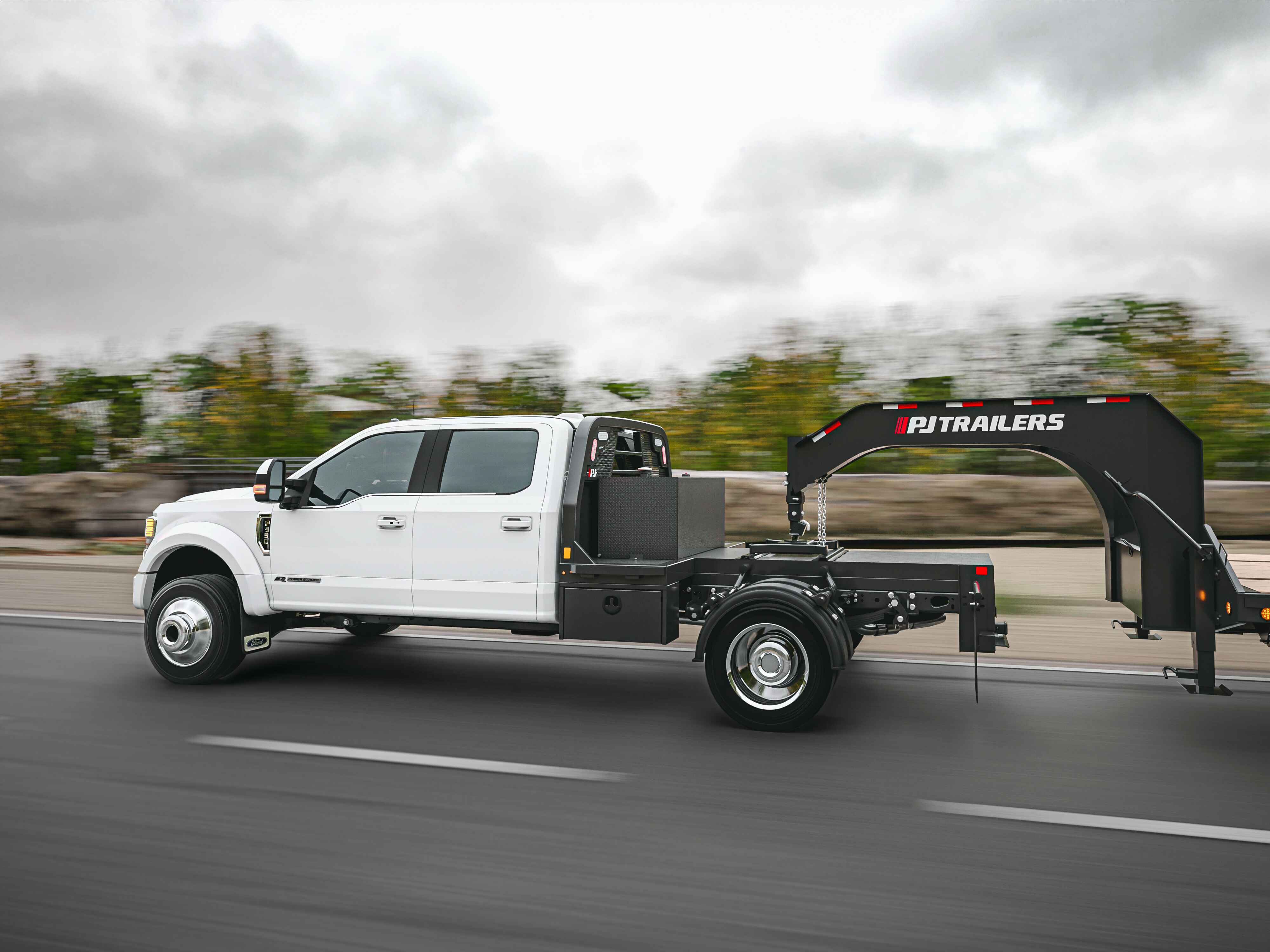8 Things to Look for in a Rooftop Tent
Rooftop tents are a must for many outdoor enthusiasts–and for good reason! They provide the convenience of a traditional tent while offering additional comfort and protection, all from the roof of your vehicle.
For these reasons, tents have gained a lot of popularity among campers, van lifers, and overlanders alike. Their ability to provide a comfortable sleeping space, protect against critters, and elevate you off the ground makes them an attractive option whether you’re an experienced outdoorsman, just starting your outdoor adventures, or points in between.
However, with so many models and features on the market, choosing the right rooftop tent can feel overwhelming…
As outfitters committed to educating outdoor enthusiasts like you, we put together this comprehensive guide on what to look for when buying a rooftop tent. By considering these eight essential factors, you can make a well-informed decision about purchasing a rooftop tent that will enhance your camping experiences for years to come.
Rooftop Tent Type and Style

The first thing to consider when choosing a rooftop tent is the type and style that best suits your needs. Generally, there are two main categories: hard shell and soft shell.
Hard shell tents, like the Roofnest Condor shown above, are typically made from rigid materials such as fiberglass or plastic. They tend to be more aerodynamic and offer quicker setup times compared to soft shell tents. Here are some advantages and disadvantages of this style of tent:
Advantages:
- Quick Setup: Most hard shell tents can be set up in minutes (if not seconds), often with a simple folding mechanism.
- Durability: The rigid shell provides excellent protection against the elements and critters, making it ideal for all-season camping.
- Insulation: Hard shell tents often provide better insulation, keeping you warmer in cold conditions.
Disadvantages:
- Weight: They are generally heavier than soft shell options, which may affect your vehicle's roof load capacity.
- Price: Hard shell tents usually come with a higher price tag due to their construction and durability.

Soft shell tents, on the other hand, are typically made from canvas or similar materials (the Tuff Stuff Ranger shown above is constructed of a 280 G polycotton rip-stop material). They are versatile and typically offer more living space. Here’s a deeper look into their pros and cons:
Advantages:
- Lightweight: Soft shell tents are often lighter, making them easier to mount and remove from your vehicle.
- Cost-Effective: They generally come at a lower price point compared to hard shell tents, providing good options for budget-conscious campers.
- More Space: Many soft shell models have an expandable design, allowing for greater interior space.
Disadvantages:
- Setup Time: Setting up a soft shell tent may require more effort and time, especially in windy conditions.
- Weather Resistance: They may not perform as well as hard shell tents in extreme weather, so look for high-quality materials and waterproof coatings if a soft shell tent is the direction you want to go.
Materials and Durability

The materials used in the construction of a rooftop tent significantly impact its durability and performance. Clearly, you want a well-made tent, as the better its construction, the better it can withstand the rigors of outdoor use.
This being the case, look for tents made from ripstop nylon or polyester that feature waterproof coatings like silicone or polyurethane. A waterproof rating (measured in mm) will help you gauge the tent's resistance to rain. For example, a rating of 2,000 mm or higher is generally suitable for heavy rain. The walls of the Roofnest Condor shown above are made of a polycotton blend material that’s coated with polyurethane, which gives it a waterproof rating of 3,000 mm.
Also, tents treated with UV inhibitors should be considered to prevent fabric degradation from sun exposure. This feature is especially important for long-term use and maintaining the tent's structural integrity.

Many rooftop tents utilize aluminum or steel frames. Aluminum is lightweight and rust-resistant, making it ideal if you’re worried about the weight a rooftop tent will add to your vehicle (the Tuff Stuff Ranger has a 1-inch diameter tubular aluminum frame).
Steel frames, while heavier, provide greater strength and durability, especially for rugged terrain. Base your decision about the type of frame on the types of outdoor adventures you typically undertake–aluminum is a great option for most situations, but if your adventures involve a lot of rough-and-tumble travel, a rooftop tent with a steel frame is a better bet.
Another thing to check for is the thickness of the tent’s base. A thicker base often translates to better insulation and protection against cold temperatures. Some models even feature an insulated base that can keep you warmer during chilly nights.
Setup and Takedown

Nobody wants to spend their valuable outdoor time fumbling with a complicated tent setup. As such, the ease of setting up and taking down your rooftop tent is crucial for a stress-free camping experience. The Roofnest Condor shown above takes about a minute to set up, thanks to its well-designed and durable system of poles, struts, and hinges. That makes it an ideal option if you’re looking for a rooftop tent that deploys quickly (and packs up quickly, too).
Soft shell tents typically take longer to set up–but not so long that it’s as laborious a process as typical ground tents. The initial setup will take you longer, given that you’re doing it for the first time. However, with some practice, you’ll likely find that you only need about five minutes to get a soft shell rooftop tent ready to go.
Either way, a rooftop tent is almost assuredly easier to set up and take down than a traditional ground tent. This is especially true if compared to very large ground tents with big footprints and multiple rooms. Heck, even some smaller ground tents can easily take 10 minutes or more to set up, so you’ll find that a hard shell or soft shell rooftop tent can save you a good deal of time. Plus, if you put a rooftop tent on a trailer, you can leave the tent up while you’re camping without worrying about closing it up every time you need to take your vehicle somewhere.
Comfort and Interior Space

Photo by Manida Thiensiripipat via Shutterstock
Your comfort while camping is paramount, and the interior space of a rooftop tent plays a significant role in this. Sleeping capacity is a primary component of rooftop tent comfort.
Every rooftop tent advertises how many people can fit, but be sure to consider the size of the sleeping area. If you plan on camping with family or friends, ensure there’s enough room for everyone without feeling cramped. A good way to do this is to look at the dimensions of the sleeping area.
For example, the Tuff Stuff Ranger sleeps 2-3 people. However, the mattress is 64x95x2.75 inches. Three adults would be cramped on a mattress that size; three kids would be fine. If you’re tall, these measurements are important, too - ensure the tent and mattress provide enough length for you to get a comfortable night’s sleep.
Proper airflow is another important comfort component; it’s crucial, especially during warm nights. Look for rooftop tents with mesh windows and ventilation flaps that can be opened or closed as needed. This feature helps prevent condensation and maintains a comfortable sleeping environment.

The best rooftop tents offer storage options as well. Built-in pockets, hooks, and organizers can help keep your gear tidy and accessible. Some tents even have overhead storage for clothing or small items, reducing clutter in your sleeping area. Others, like the Roofnest Condor, have shoe bags by the tent ladder so you can take your shoes off and conveniently store them outside the tent.
Weather Resistance

Photo by Shaggyphoto via Shutterstock
A quality rooftop tent should be designed to withstand various environmental conditions. Look for rooftop tents that have reinforced structures and aerodynamic designs. Features like cross-bracing and high-quality materials will help prevent the tent from collapsing or blowing away in strong winds.
A good rainfly can make a world of difference as well. It should extend beyond the tent’s edges to prevent water from pooling and should be easy to attach and detach. In the image above, you can see how the tent’s windows have awnings that extend out, allowing you to have the windows open, even in inclement weather.
Along those same lines, some rooftop tents come with additional insulation layers, while others may allow for a winterization option with removable liners. This ensures that you stay dry and at a comfortable temperature inside your tent.
Compatibility with Your Vehicle

Photo by Amanda Allard-Korell via Shutterstock
Before purchasing a rooftop tent, it's important to ensure that it is compatible with your vehicle. This involves several steps:
- Most rooftop tents have a guide that explains which vehicles they’re compatible with. When shopping for a tent, one of the first things you should do is check vehicle compatibility.
- Determine your vehicle’s roof load capacity, which includes the weight of the rooftop tent and any additional gear you may carry. The roof rack on your vehicle affects this, so check its weight ratings, too.
- Rooftop tents can vary significantly in weight, typically ranging from 100 to 250 pounds. Be mindful of your vehicle's limitations and choose a tent that fits comfortably within its load capacity.
- Consider the mounting system for the tent. Many models utilize universal mounting brackets that can fit most roof racks, but this isn’t always the case.
Accessories and Add-ons

Photo by mr_bom via Shutterstock
Enhancing your rooftop tent experience can be accomplished with many different accessories and overlanding gadgets. While some tents come with additional features, others allow for customization to suit your camping needs.
For example, many rooftop tents can be paired with an awning extending from the tent's side. This feature provides additional shade and protection from rain while allowing for an outdoor living space. Look for awnings that are easy to set up and takedown, though, ideally with a quick-release mechanism for convenience.

Other rooftop tents include storage compartments or annex rooms for added space to store your gear. This is particularly beneficial for longer trips or when camping with multiple people. These are just a couple of ways to accessorize a rooftop tent, though. Be sure to ask us what else you can do to make your rooftop tent setup as functional and comfortable as possible!
Price Range

When it comes to rooftop tents, price is a big consideration. However, it's essential to view this as an investment rather than merely a purchase.
While budget-friendly options are available, remember that a high-quality rooftop tent often translates to better materials, durability, and comfort. Investing in a reliable tent can pay off in the long run with more enjoyable camping experiences and fewer replacements.
Consider how often you plan to use the tent, too. If you camp a lot, investing in a top-tier rooftop tent will provide more value than purchasing a cheaper model that may wear out quickly.
Expect to spend up to $1,000 for a basic soft shell rooftop tent that may be ideal for occasional use. Mid-range options are often priced between $1,000 to $2,000 and often come with more features, better materials, and higher durability, suitable for regular campers. High-end rooftop tent options are typically priced over $2,000–and often much more. The Roofnest Condor, for example, is $3,395. By comparison, the Tuff Stuff Ranger is $1,549.
Whatever your needs and price point, we’re here to help you make the right rooftop tent decision. After all, a better camping experience often starts with a better tent. And since BTR (pronounced better) is in our name, we’re primed and ready to get you the best tent for your needs! Come by our facility just off I-20 in Abilene, or contact us with any questions.



